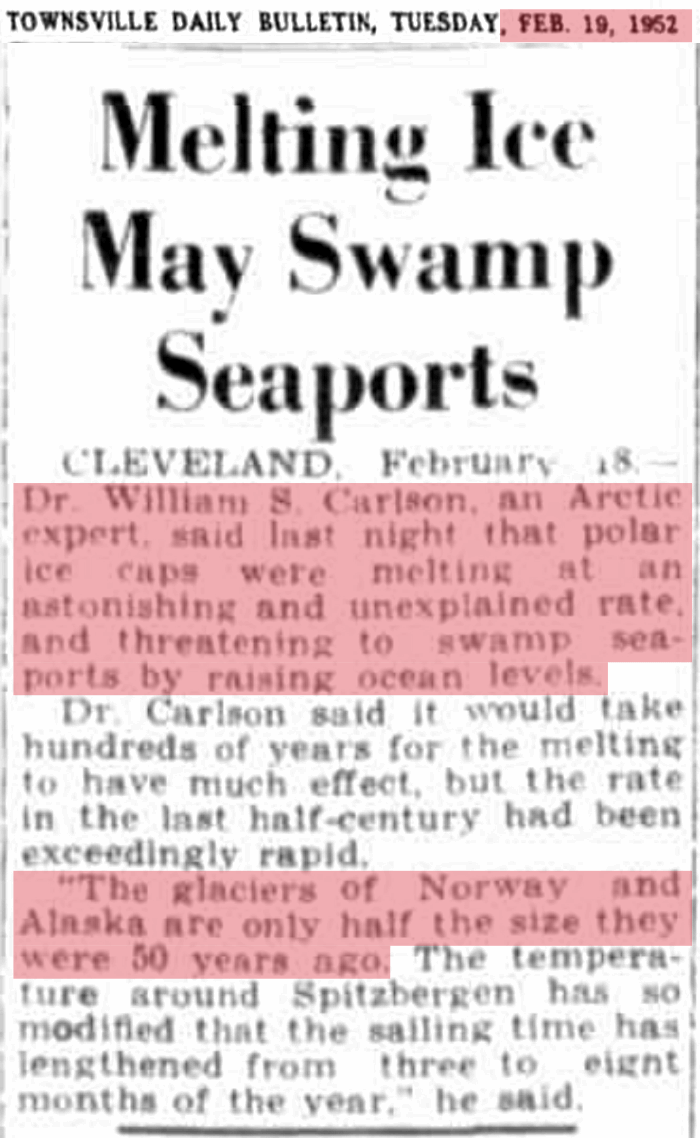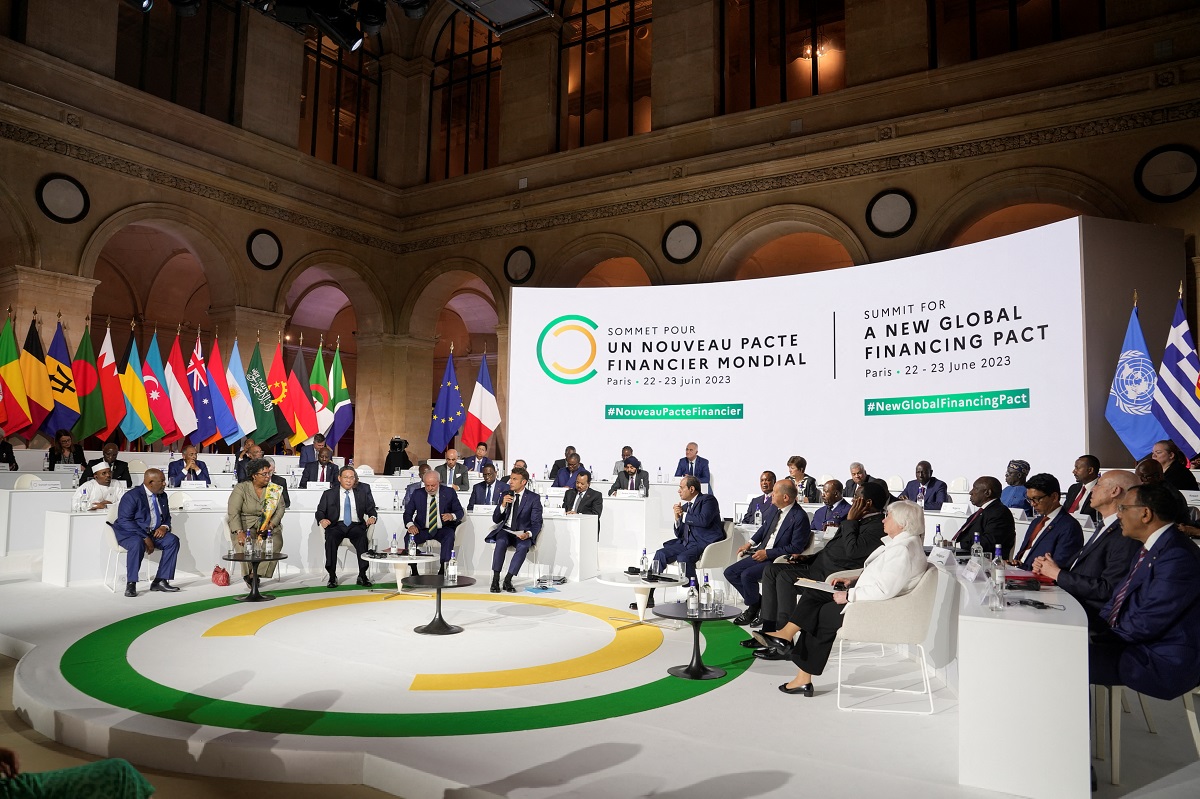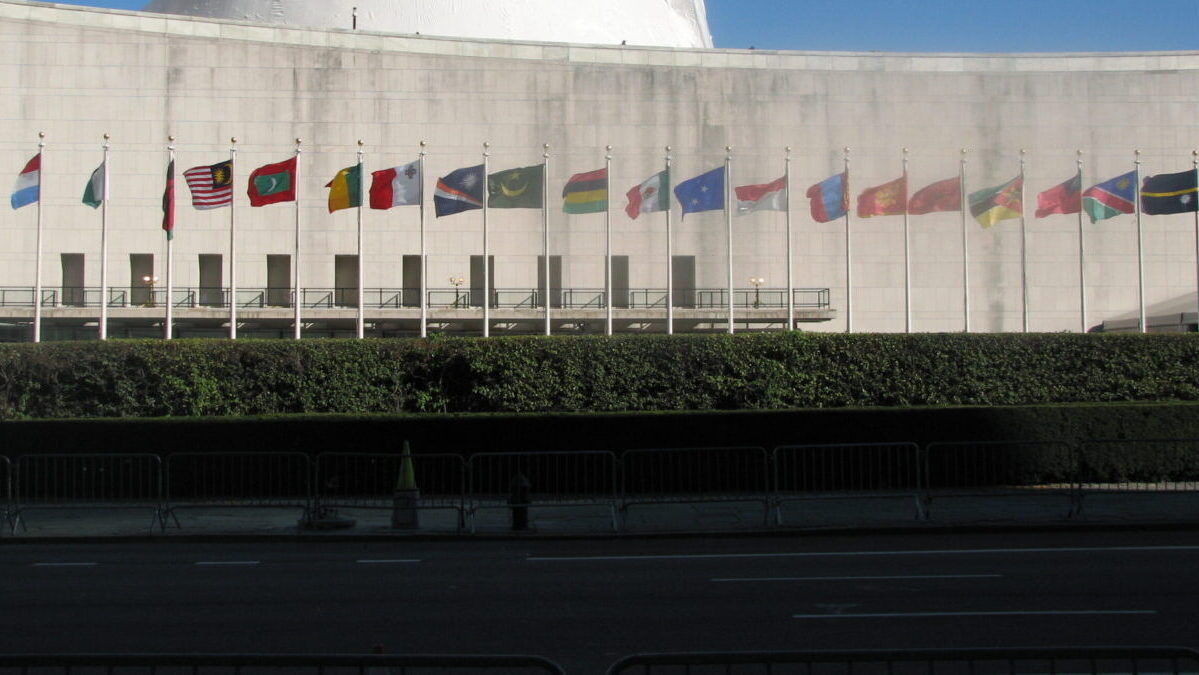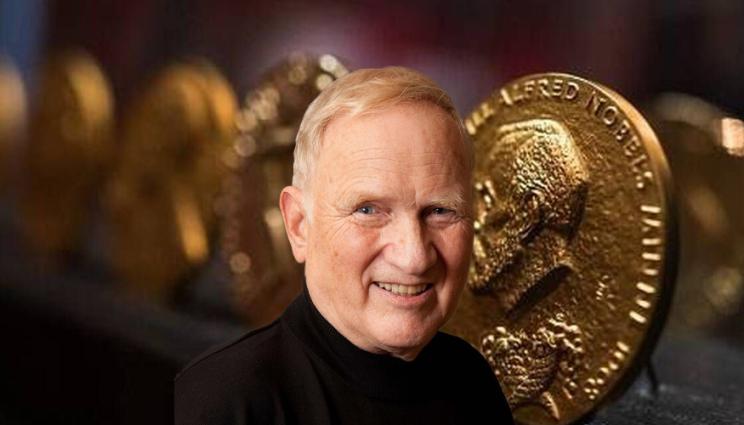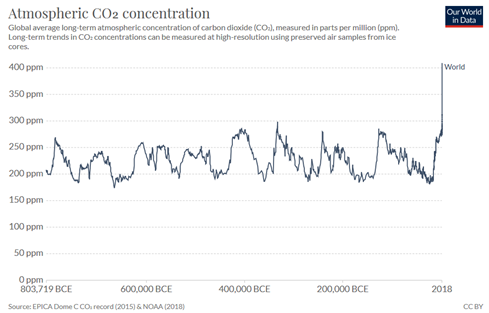Climate Solutions Cause Environmental Damage and Hazards
The Heartland Institute has detailed myriad ways in which big government environmental “fixes” either make the problems identified worse, or created unintended environmental or human health consequences that are worse than the original problem the government solution—law, regulation, executive order, or advisory opinion—was meant to solve.
Across nearly four decades, The Heartland Institute and our allies in the free market environmental movement have shown that—contrary to the rhetoric of ill-informed, ignorant youths protesting in the streets and on campuses today, collectivist environmental shills, and corporate green-washers and crony capitalists—market economies, built on well-defined and defended property rights, produce better environmental outcomes than authoritarian or closed economies. After the Iron Curtain fell, the world saw the environmental disasters produced by the Soviet government both within Russia and in its vassal states. The air and water quality in China is another daily reminder of the perils of communism for human well-being and the environment.
In the United States and abroad, endangered species continue to be imperiled by the perverse incentives created by the laws meant to protect them, while they thrive under systems where they are owned.
Then, we come to the battle against what alarmists proclaim to be the greatest environmental threat any generation has ever faced: the supposed existential threat of climate change.
In previous
Climate Change Weekly posts, I have detailed the high environmental costs and danger to people of electric vehicles, wind turbines, and solar panels—from fires, to the human and environmental impact of the mining and refining of the minerals necessary to produce and operate them, to the waste problem they create.
And, as whale deaths mount on Eastern Seaboard beaches, Heartland and allies at CFACT and the National Legal and Policy Center
have filed a lawsuit seeking a temporary restraining order on Dominion Energy’s plans to begin pile driving for construction of the base and tower portions of 176 giant offshore wind turbines it plans to erect at great economic and environmental costs off the coast of Virginia as part of Biden’s “all of government” effort to fight climate change. CFACT has established a
great page devoted to the myriad environmental problems—including the threat to the endangered North Atlantic Right Whale (NARW)—with Dominion’s project in particular, and with the broader push for offshore wind along the East Coast in general. These turbines are being erected right in the middle of NARW and other protected marine mammals’ habitat and migration routes. In the rush to erect these turbines quickly, the government and Dominion played fast and loose with the rules, required reporting, and permitting, and, as our lawsuit argues, in particular, failed to follow the law and proper procedures in accounting for potential comprehensive, cumulative whale impacts.
New research, released after Dominion had already received government sanction (if not yet all the permits) to proceed, shows that, contrary to what Dominion and the Biden administration have claimed in their reports, the ships contracted to do the pile driving do produce an amount of noise during operations that exceeds what federal biologists have determined to be safe for whales. Mind you, for all the damage these offshore turbines will do to a variety of marine mammals and the ocean ecosystem, they will have a minimal, if any, effect on reducing carbon dioxide emissions.
Scotland is an interesting case study on technologies rushed into service to fight climate change that are, in fact, likely to be causing ancillary problems while resulting in increased CO2 emissions. Scotland was proud to claim leadership in the effort to reduce emissions. So how did they go about it and what have been the environmental results?
In July, I reported on the fact that Scotland had pitted one climate solution against another by cutting down nearly 16 million trees—you know. those carbon sinks that everyone, including wildlife, loves—to make way for wind turbines. As I reported then:
To clear the ground for wind turbines, an estimated 15.7 million trees have been removed since 2000 on land controlled by Forestry and Land Scotland (FLS), according to Scottish Governments Rural Affairs Secretary Mairi Gougeon,
The Telegraph reports. That is an average of more than 1,700 trees destroyed each day.
In case one is wondering, despite promises to do so, there is no evidence any trees have been replanted elsewhere, as the government and the company promised would take place.
To make matters worse, the turbines erected are disintegrating quickly, scattering tons of microplastics across the Scottish countryside in the process. As the
Scottish Daily Express revealed early in 2023, the edges and tips of the turbine blades are shredding during operation, resulting in small particles and larger chunks of composite waste littering the countryside and possibly fouling the waters with various chemicals. No one knows how big the problem is because the Scottish government has refused to account for it, nor has it mandated that the companies involved do so. The government is acting like an ostrich, with its head in the peat, hoping that if it doesn’t see it, the danger doesn’t exist. But environmentalists have calculated a single turbine can drop up to 62 kilos of microplastics annually and Scotland has 19,000 turbines. You do the math.
Lest one think Scotland’s environmental conditions or wind turbines are unique in some fashion, recent research from Sweden has also found that turbines there are shedding microplastics as well. The study looked at one of Sweden’s largest industrial wind facilities, reporting that its turbines were shedding microplastics at an alarming rate, polluting the surrounding land and waters with more than 50 different chemicals released as the composite materials erode and break down.
Back to Scotland’s great experiment in fighting climate change. Aside from the push for big wind, Scotland has proposed ending the use of wood burning stoves, or at least has banned their installation in new and remodeled homes as part of the push to reduce emissions. As the
Scottish Daily Express described the rule
on April 9:
Changes to building standards spearheaded by Scottish Greens co-leader Patrick Harvie mean that all “direct emission heating systems” are now banned from all new-build homes and conversions as part of the headlong rush for net zero.
This includes gas or oil boilers or any system where electricity or heat is generated from organic matter such as wood. Instead, builders are expected to use ground or air source heat pumps, solar thermal storage systems or electric storage heaters.
However, leading figures in the construction industry say they had been led to believe that wood-burning stoves would be allowed as a secondary heat source. This is especially important in rural areas such as the Highlands, where power cuts are more frequent.
As the
Scottish Daily Express revealed, this decision was made even though a government commission specifically found that wood burning stoves actually emit less CO2 than the alternatives pushed by the government, like power from wind turbines and heat pumps.
A graph from the report tells the tale:

Locally sourced timber not only has the lowest emissions profile for alternative heating sources, it is also renewable. It seems the Scottish government’s “headlong rush for net zero” is actually being undermined by its own policies.
To top all of this off, as detailed in a research summary below, it turns out that the push to replace plastics with alternatives because plastics are made of fossil fuels, could result in higher carbon dioxide emissions—the dread gas alarmists are most concerned about.
Objective data reveal
no evidence climate change is causing a crisis today, meaning we have time to get the tech right. That may come from improvements in existing so-called green energy technologies, but it also might mean entirely new, currently undiscovered energy sources. Whichever is the case, because there is no pending climate apocalypse there is no justification for mandating the use of energy technologies which research and experience shows are environmentally harmful and unsafe.
Sources: Scottish Daily Express;
Principia Scientific;
Climate Change Weekly;
Climate Change Weekly;
Rand Acoustics













